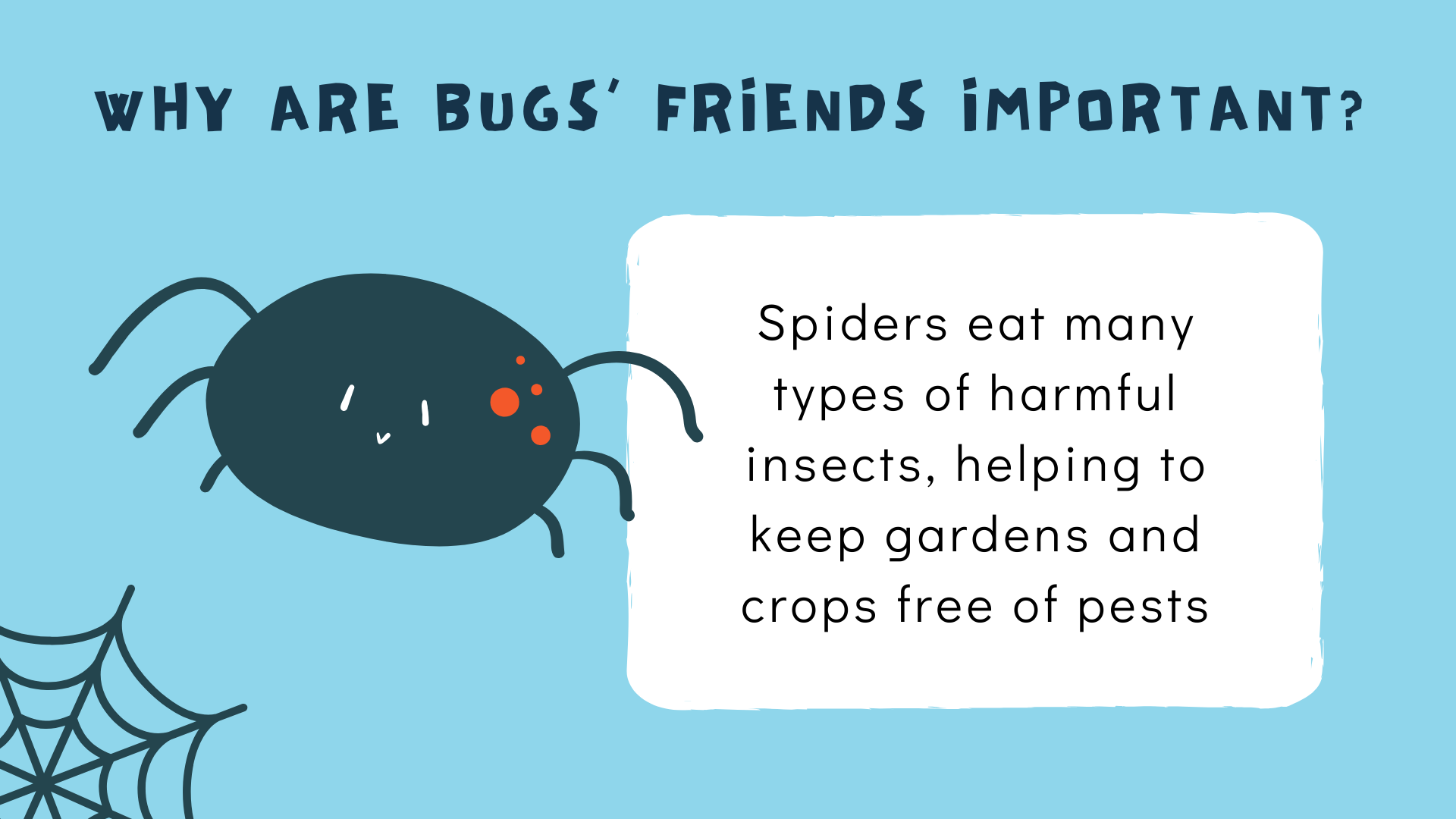Insects: Small Creatures with Enormous Biological Diversity
Insects are tiny creatures that harbor immense biological diversity within their small structures. They are incredibly adaptable and resilient, making them the group of animals with the highest species diversity on Earth. Understanding this diversity starts with exploring their anatomy. Insect anatomy is divided into three main regions, each specially adapted for specific functions: the head, thorax, and abdomen.
- Head Region: The Sensory and Feeding Center The head region contains the most important organs for an insect's interaction with its environment and feeding. It includes the eyes, antennae, and mouthparts, each playing a unique role in how the insect perceives the world.
- Eyes: Vision and Perception
- Insects have two types of eyes: compound eyes and simple eyes. Compound eyes create a mosaic-like image through hundreds of small lenses, providing insects with a wide field of view and high sensitivity to movement. Simple eyes (ocelli) detect light intensity and respond quickly to changes in brightness.
- Antennae: Smell, Taste, and Touch
- Positioned at the front of the head, the antennae are responsible for detecting smells, tastes, and touch. Insects rely heavily on their antennae to sense chemical signals in the environment, helping them locate food or find a mate.
- Mouthparts: Chewing, Sucking, and Piercing Functions
- Insect mouthparts vary according to feeding habits. Grasshoppers have chewing mouthparts, butterflies use a proboscis for sucking, and flies have piercing-sucking mouthparts. For example, flies feed on liquid food, while grasshoppers have strong jaws for chewing plant tissue.
- Thorax Region: The Powerhouse of Movement The thorax region is the center of an insect's movement abilities. It is divided into three segments: the prothorax, mesothorax, and metathorax, each of which has a pair of legs. This region also houses wings, which are adapted to suit various lifestyles.
- Legs: Different Modes of Movement
- Insect legs vary according to their habitat and needs. Jumping insects like grasshoppers have strong hind legs, while aquatic insects have paddle-like legs for swimming. Some insects have legs that allow them to cling tightly to surfaces and move vertically.
- Wings: Flight Engineering
- Most insects have one or two pairs of wings, and wing structure varies by species. Butterflies flutter gracefully with slow wingbeats, while flies and bees beat their wings rapidly to hover in place. This diversity allows each insect to fly in ways suited to hunting, mating, or escaping predators.
- Abdomen Region: Digestive, Reproductive, and Respiratory Systems The abdomen houses organs responsible for vital functions such as digestion, reproduction, and respiration.
- Digestive System: Energy Production
- The insect digestive system includes the stomach, intestines, and anus. Herbivorous insects feed on plants, while carnivorous insects consume other small insects. Each species has specialized enzymes adapted to quickly convert food into energy.
- Reproductive System: Diverse Reproductive Methods
- Most insects reproduce by laying eggs. Female insects deposit their eggs in soil, on plants, or in water. Male insects have specialized reproductive organs to transfer sperm to females. In honeybees, only the queen bee lays eggs to maintain the colony.
- Respiratory System: Rapid Gas Exchange via Tracheae
- The insect respiratory system consists of fine tubes called tracheae. Air travels through these tubes, delivering oxygen directly to the tissues. This structure enables insects to rapidly take in oxygen and expel carbon dioxide from their bodies.
- Muscular System and Flight Mechanisms The insect muscular system is a powerful and compact structure attached to the exoskeleton. These muscles are especially developed in flying insects, allowing for rapid wing beats and quick direction changes, such as in a fly, which can beat its wings hundreds of times per second.
- Wing Muscles and Different Flight Types
- The movement of the wing muscles determines an insect’s flight style. For example, dragonflies can move their wings independently to change direction, while bees maintain a steady flight speed. This mechanism provides each insect with a flight style suited to its lifestyle.
- Nervous System: Brain, Reflexes, and Perception The insect nervous system is made up of the central nervous system and the peripheral nervous system. The central nervous system includes the brain and ventral nerve cord, which enables insects to respond instantly to environmental changes through reflexes.
- Sensory Perception and the Role of Antennae
- Insects detect chemical signals like smell and taste via their antennae. For instance, ants use chemical trails called pheromones to create food paths for their colonies. Reflexes also play a crucial role in avoiding predators.
- Insect Defense Mechanisms Insects have various defense strategies to protect themselves from predators.
- Camouflage and Mimicry: The Art of Visual Deception
- Some insects camouflage with their environment, while others mimic dangerous creatures. Stick insects resemble branches, while honeybees display bright colors to signal danger to potential predators.
- Chemical Defense: Secretion of Odors and Toxins
- Some insects secrete chemicals when threatened. For example, bombardier beetles spray acidic chemicals to disturb the senses of their attackers.
- Social Defense: Colony Protection Strategies
- Social insects like bees and ants defend their colonies collectively. Bees, for example, will attack intruders in groups to protect the hive from threats.
- Head Region: The Sensory and Feeding Center The head region contains the most important organs for an insect's interaction with its environment and feeding. It includes the eyes, antennae, and mouthparts, each playing a unique role in how the insect perceives the world.
Insects are an essential part of our world and their unique characteristics make them hardy and highly adaptable. Each organ and structure provides clues to their survival strategies in nature. Insects exhibit incredible diversity through nutrition, reproduction, defense and environmental adaptation, making them among the most successful creatures in nature.

